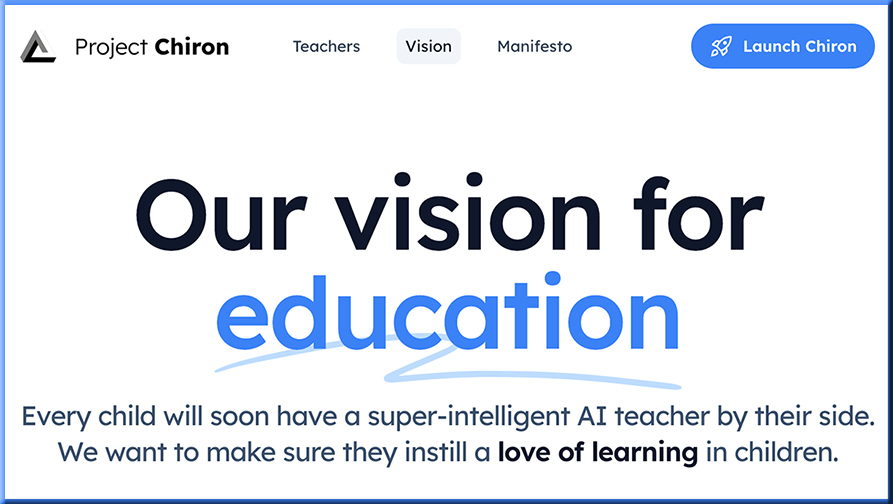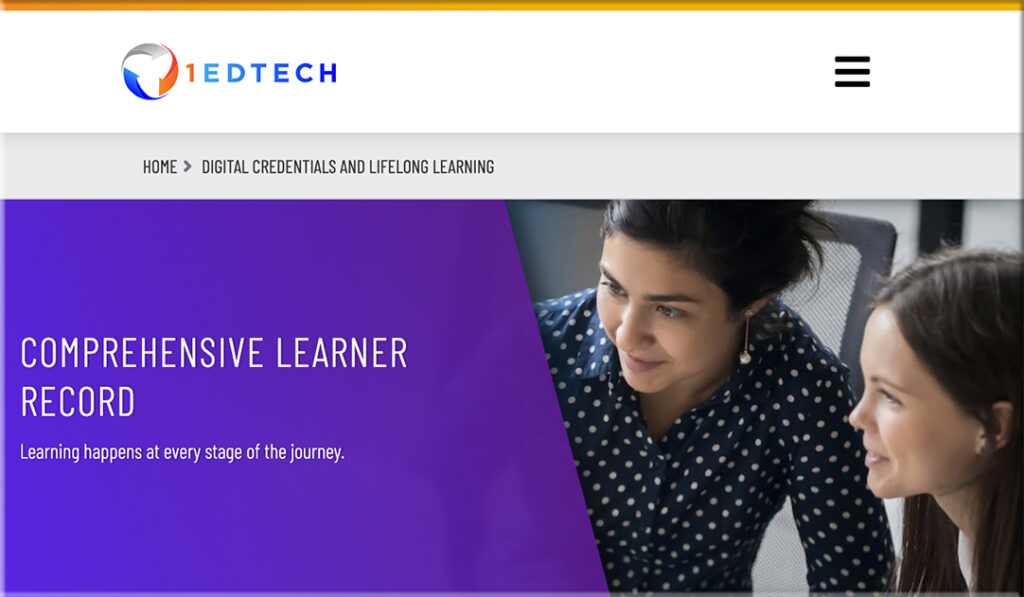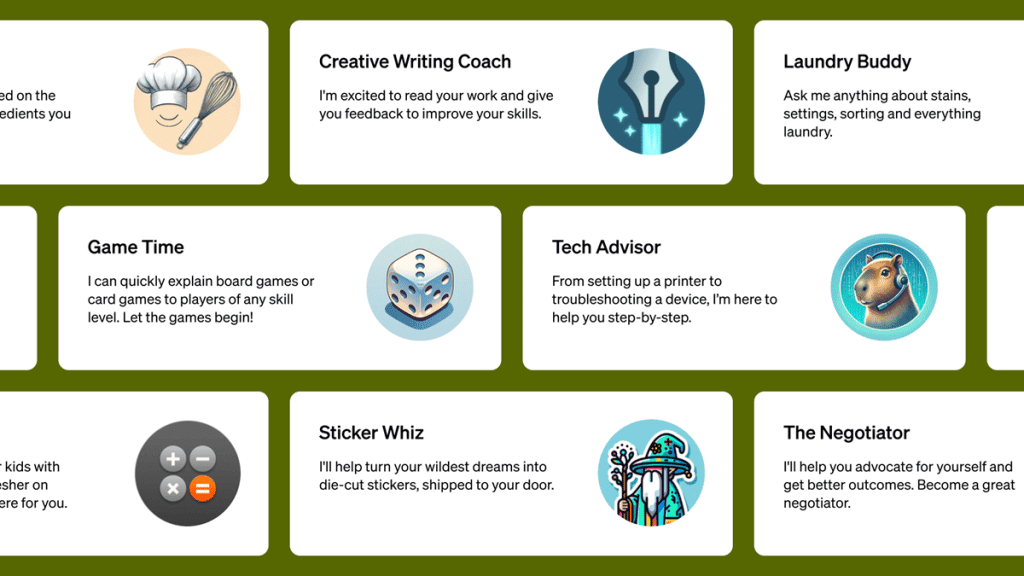AI Pedagogy Project, metaLAB (at) Harvard
Creative and critical engagement with AI in education. A collection of assignments and materials inspired by the humanities, for educators curious about how AI affects their students and their syllabi
AI Guide
Focused on the essentials and written to be accessible to a newcomer, this interactive guide will give you the background you need to feel more confident with engaging conversations about AI in your classroom.
From #47 of SAIL: Sensemaking AI Learning — by George Siemens
Excerpt (emphasis DSC):
Welcome to Sensemaking, AI, and Learning (SAIL), a regular look at how AI is impacting education and learning.
Over the last year, after dozens of conferences, many webinars, panels, workshops, and many (many) conversations with colleagues, it’s starting to feel like higher education, as a system, is in an AI groundhog’s day loop. I haven’t heard anything novel generated by universities. We have a chatbot! Soon it will be a tutor! We have a generative AI faculty council! Here’s our list of links to sites that also have lists! We need AI literacy! My mantra over the last while has been that higher education leadership is failing us on AI in a more dramatic way than it failed us on digitization and online learning. What will your universities be buying from AI vendors in five years because they failed to develop a strategic vision and capabilities today?
AI + the Education System — from drphilippahardman.substack.com Dr. Philippa Hardman
The key to relevance, value & excellence?
The magic school of the future is one that helps students learn to work together and care for each other — from stefanbauschard.substack.com by Stefan Bauschard
AI is going to alter economic and professional structures. Will we alter the educational structures?
(e) What is really required is a significant re-organization of schooling and curriculum. At a meta-level, the school system is focused on developing the type of intelligence I opened with, and the economic value of that is going to rapidly decline.
(f). This is all going to happen very quickly (faster than any previous change in history), and many people aren’t paying attention. AI is already here.













